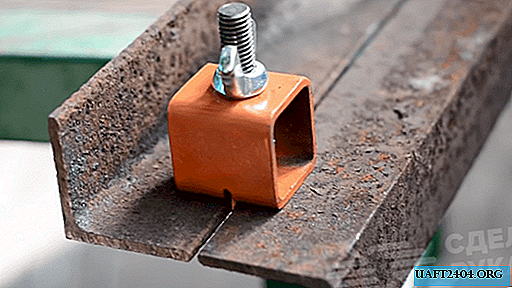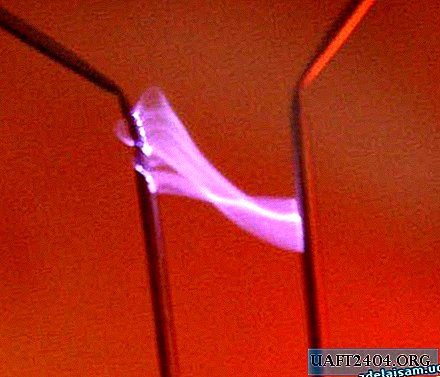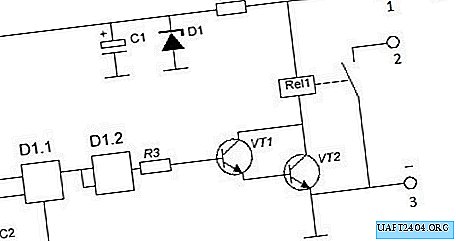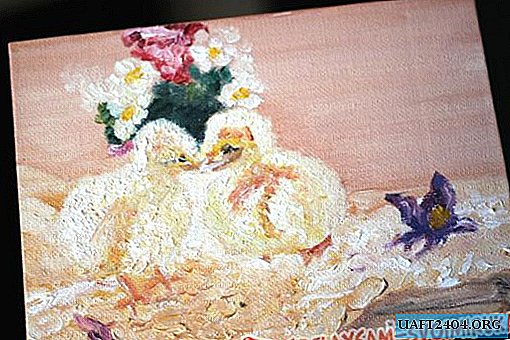Share
Pin
Tweet
Send
Share
Send
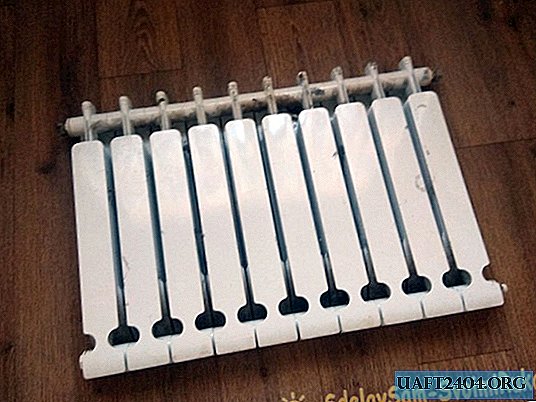
With the competent collection of the heating system, which is still at the stage of building a house, it will last a long and efficient time. However, over time, it may be necessary to replace radiators, or individual sections. There can be many reasons. The most common causes are leaks, as well as radiator aisles clogged with dirt, and because of this, thermal conductivity is sharply reduced. In the first case, it may be enough to simply change one or two sections, in the place where the batteries let water through. In the second case, it will be better to completely replace the radiators. We will consider how to change radiators, or to replace sections in a private house. Usually in private homes, aluminum radiators are used. In apartments, cast-iron is usually used, since the pressure in apartment buildings is much higher.
Do-it-yourself replacement of radiators and individual sections
It is best to replace the radiators in the summer when the heating is turned off. Nevertheless, there are emergency cases when it is necessary to do this during the heating season. In this case, you need to shut off the water in the entire system. Then use the pump and pump out the water. It is necessary to pump out the maximum amount of water. Next, turn off the water near the battery that you are going to change. This is done using taps at the top and bottom on the eyeliner. There will still be water in the batteries, so prepare a container into which you can drain it.

It can be a bucket, basin, or bucket.
Then you can begin to dismantle the old radiators. Using a wrench, or better an adjustable wrench, it is necessary to unscrew all threaded connections that connect the battery to the pipes (eyeliner). If you want to completely change the battery, then you can buy similar radiators, the same size as before. However, buy radiators not separately in sections, but immediately, the amount that you need is related to each other.

In this case, you will simplify the work, and at the same time save money, since you will not need to spend money on sealant and gaskets. Moreover, the factory connection is of high quality.
Everything will be much more complicated if you decide to replace one or more sections. First, the nut nuts, the cap, and the Mayevsky crane are loosened.

It is also necessary to have a radiator key. Each section of the battery is interconnected by barrels (nipples) with thread on both sides.

Therefore, you need to measure the distance from the edge of the radiator to the place where you need to unscrew the section.

After that, insert the key into the radiator at the distance that you measured and unscrew the nipples. For example, if you need to replace the third and fourth sections, then in this case you measure the distance from the edge to the third section, then insert the key into the radiator by the same size, and then unscrew the thread.


It is necessary to unscrew gradually from two sides. Usually if on one side it is unscrewed clockwise, then on the other hand it is necessary to unscrew counterclockwise.
After you have disconnected unnecessary sections, it is necessary to fasten new ones. The connection takes place in the same way using a radiator key. It also connects gradually. It scrolls a little on one side, then a little on the other. However, in the places of the new connection, it is necessary to use a gasket so that there are no smudges again. In addition, it is necessary to lubricate the threads (nipples) with sealant.




When the battery is fully assembled by the number of sections that you need, you can proceed with installation. If you change batteries or even individual sections over the years, it will be better to replace the futor nuts and ball valves. They are usually sold complete.
It’s best to start with cranes. First screw the tow on the thread. She wraps herself around the hourly hand, snuggling tightly against the thread. Then use a wrench to tighten the screw that connects the tap. Screw on the tap until the thread is completely hidden. This will eliminate the chance of sagging.
On both sides of the radiator there are internal threads that connect the battery to the heating. It is necessary to fasten the foots in them. Since they exist with different types of thread, in order not to make a mistake, it is better to buy a set where there will be both left and right futuristic nuts.






The plug in the lower part is screwed into the other two holes, and the “Mayevsky” tap is in the upper part. All connections must use tow.

When everything is ready, you can open the taps again and turn on the system. If you have connected everything securely, then there will be no drips.
Share
Pin
Tweet
Send
Share
Send

